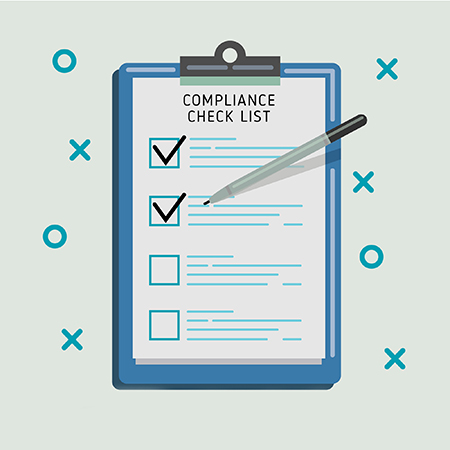What is Regulation No 1223/2009 and what does it stand for?
How do you know if what you put on your skin is not potentially dangerous? Is it enough to look at the list of ingredients to have a clear conscience? Do you turn to natural products thinking that it is necessarily safe?
Many ideas circulate about the safety of cosmetics and quantities of press articles feed rumours and false information. So, if you want to finally understand behind the scenes, read all about it here!
It is Regulation No 1223/2009 of the European Parliament and of the Council of 30 November 2009 which governs the regulation of cosmetics in the 28 countries of the European Union and its aim is to make sure that cosmetics being sold in Europe are not dangerous for the end consumer. So if you want to make sure that what you buy is not dangerous, you must first know if the product complies with this regulation that imposes 3 things on all people who put cosmetics on the European market:
– Each product must have a Product Information File (PIF) that gathers all the analysis, tests, manufacturer’s documents, details of the formula, etc. as well as a Safety Assessor’s safety report that ensures the product meets the standards outlined in the regulation and is safe for health
– Have a responsible person for the product on European soil (Article 4 of the Regulation)
– That the product is registered on the CPNP (Cosmetic Product Notification Portal) so that the competent authorities as well as the poison centres can have access to all the information they need in case of problems with the product
Theory vs practice
So, in principle, all the products we buy in Europe should be clean and safe for health. Yes … in theory. But the big problem, which is largely unknown to the end customer, is that some brands do not follow this regulation for various reasons:
– They are European and therefore think they are automatically compliant
– They subcontract their productions to manufacturers who are GMP certified (which is far from being sufficient) and do not inquire further
– They have not been controlled yet (so why worry?)
– Have their products going through the compliance process is expensive
– Products have gone through the customs without being controlled
No matter the cause, the reality is there … there are a lot of cosmetics that should not circulate in Europe but are unfortunately ready to be purchased!
Check yourself what you are buying!
Do not panic anyway since the majority of products are in order and the authorities organise controls, but here is a list of items to check on the packaging to help you know if the product is compliant or not. The points below must be present on (or accompany) the packaging of a cosmetic product:
– The address, located in Europe, of the responsible person
– The INCI List (Ingredients prohibited by law must not be included in the INCI list, here is the full list here).
– Use-by date or post-opening period indicated by a symbol of an open jar of cream, followed by the duration of use
– Weight / Volume
– Any warning that might be necessary on how to use the product safely
– Country of origin
With this info kept in mind you are now better armed against the multitude of products you will come across.




